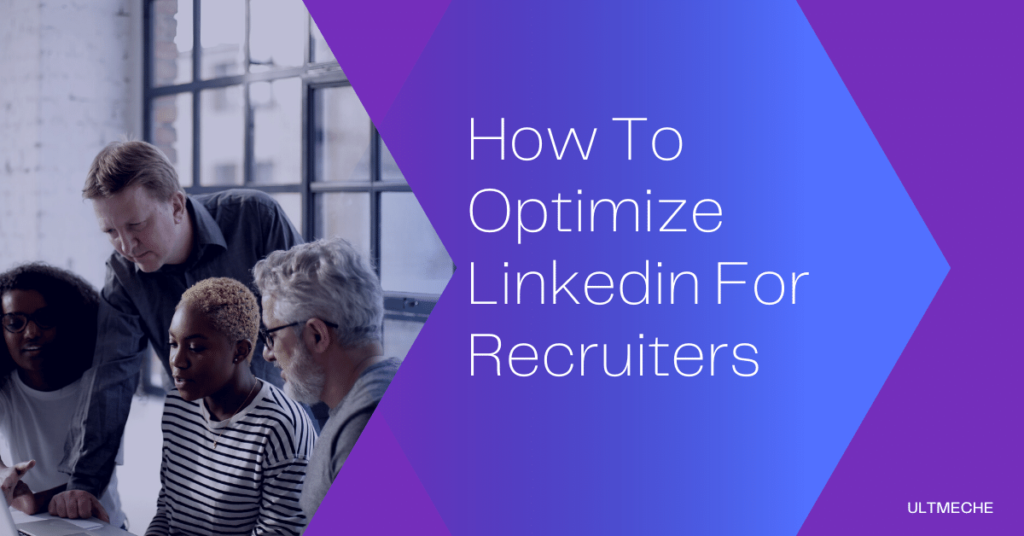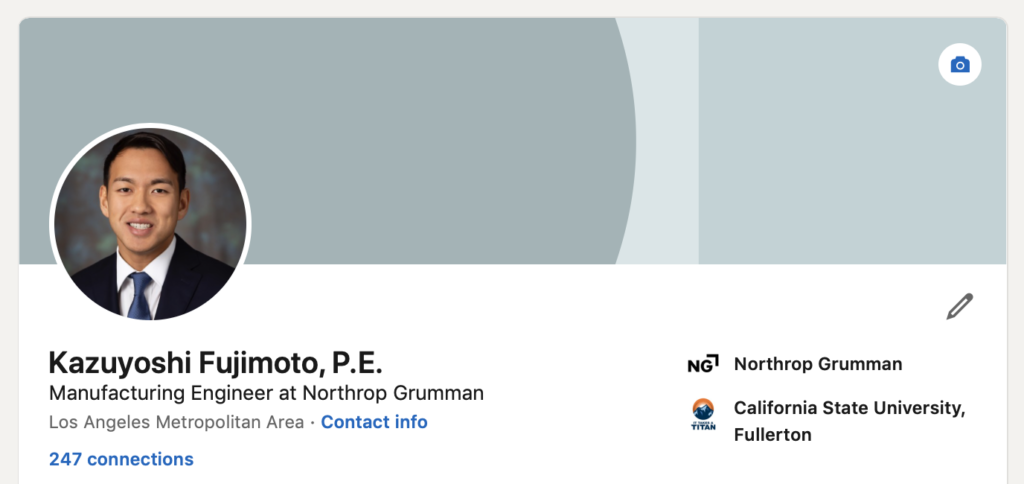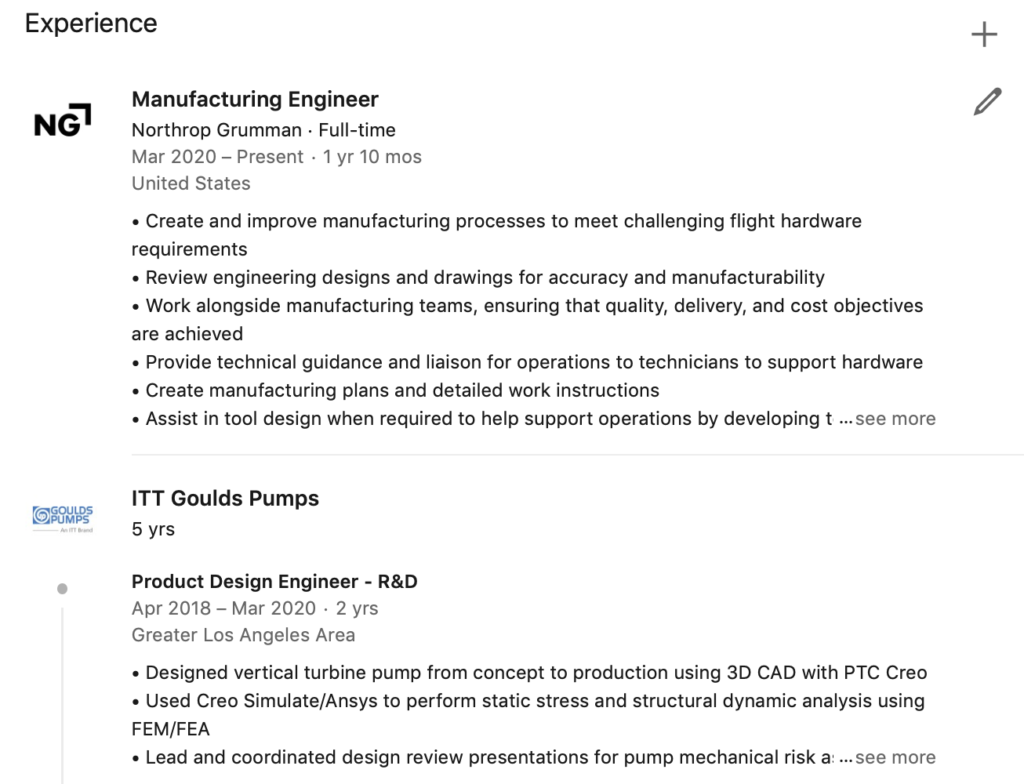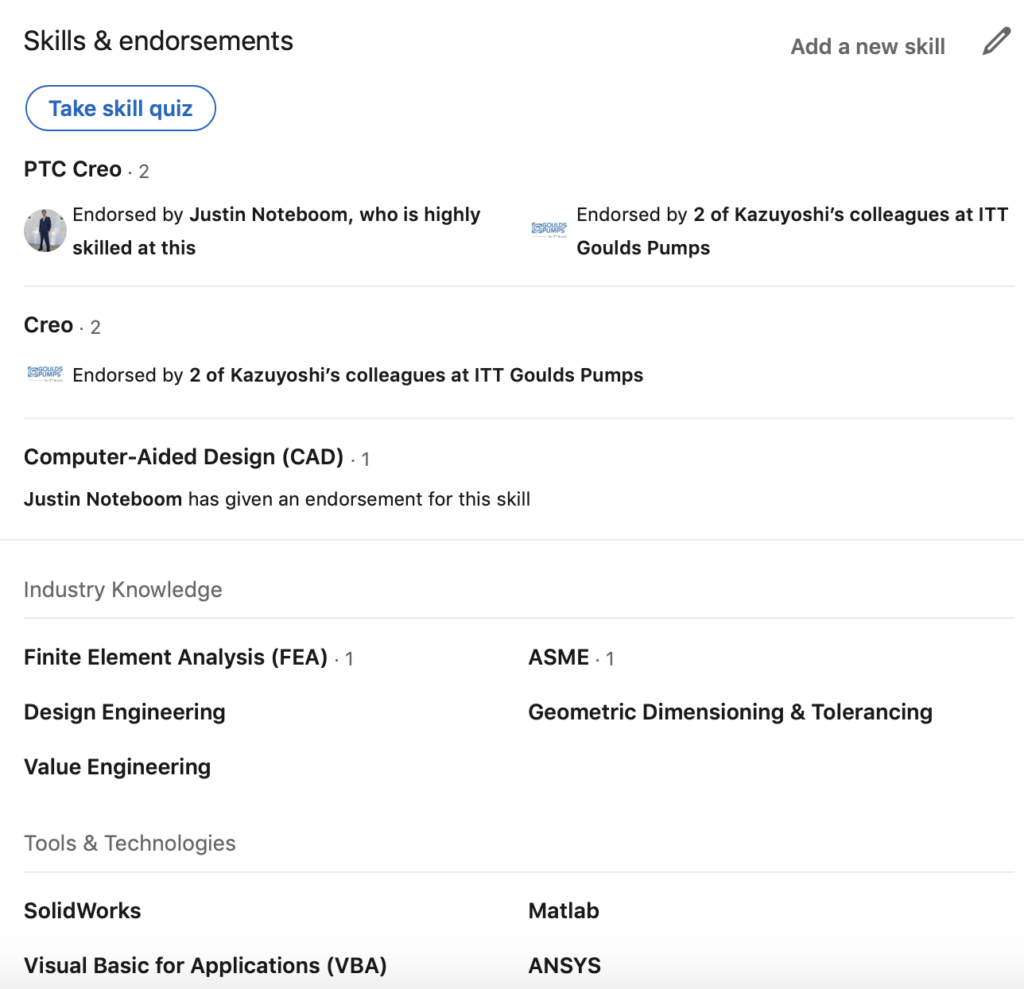
It’s important that you know how to optimize Linkedin profile for recruiters if you want to maximize the chances of you getting a job. In my personal experience, getting a job all comes down to a numbers game. How many applications did you submit? How many employers did you hear back from? If you do a deep dive of the numbers, you will find out that the number of offers vs. jobs applied is a very small amount. I’d guess between 1-3% out of every 100 applications is what it takes for you to get a job.
Along with having a killer resume, cover letter, and interview skills (all of which I provide guidance to), you need to optimize your Linkedin. Although many employers and recruiters don’t take this into consideration in the hiring process, there are recruiters that find candidates using Linkedin. Therefore, it’s important that your profile is optimized to maximize your chances of a recruiter finding your profile. Having the correct key words is critical for search engine optimization.
For fun, we’re going to do a step-by-step optimization of my Linkedin profile.
February 29, 2024How To Optimize Linkedin Profile For Recruiters
Claim your url
Your url should look clean.
Not something like https://www.linkedin.com/in/kazuyoshi-fujimoto-p-e-72073b196/

The url of your Linkedin should be: https://www.linkedin.com/in/firstnamelastname

See: How To Change LinkedIn URL (And How It Improves Your Profile)
Add a banner
Your headline should be clear and concise.
Instead of using the default or blank banner, insert something scenic:
Below is a profile with an empty background picture:

Below is a profile with a background picture:

See: LinkedIn Banner – 14 Best Images to 10X Inbound Leads
Headline
The headline should be short and to the point. What the headline should NOT say is something “inspiring”. If you’re a student, put “Student at XXX University”. If you’re an engineer, put “Engineer at XXX company”. Keep it simple and to the point.
As shown above, the headline to my profile says “Manufacturing Engineer at Northrop Grumman”.
About Summary

My background prior to manufacturing engineering is in product design engineering. Product design engineering comes with skill sets such as CAD, FEA, and some programming. The above was actually generated by AI through Linkedin. I thought it was very impressive for AI, and because of that, I just left it there. Recruiters occasionally contact me with offers, so means I’m doing something right.
Experience
The experience in your Linkedin profile should look just as it does in your resume. Both your Linkedin and your resume should state bullets that are clear and concise.

Education
Similar to experience, call out education like how you would on your resume.

Skills & Endorsements
This section is explanatory, just put all of your skills. As a mechanical engineer, this section should be filled with CAD software, programming software, and analysis software.

Interests
Just add some stuff that you’re interested in so that relevant items pop up in your feed. You never know what’ll pop up, as it might be something of value that you could learn off of and apply to your career.

Certificates
I personally don’t add certificates in my Linkedin profile, because I don’t really have “certificates”. Add them if you will, it can only help you. Getting certificates is a highly trending topic that I see quite often in my Linkedin feed. Adding certificates would be a great way to demonstrate competence in something your resume lacks.
About the author

Kazuyoshi Fujimoto, PE
Founder | Engineering Career Coach | Principal Mechanical Engineer
Kazu oversees all of ultmeche’s engineering services. He provides consulting such as resume reviews, rewrites, mock interviews, and all services career related. Additionally, Kazu performs consulting work regarding Oil & Gas, Automotive, and Aerospace & Defense. Kazu is licensed as a professional engineer in the state of California and has 9+ years of experience in Oil & Gas, Automotive, and Aerospace & Defense.

2 thoughts on “How To Optimize Linkedin Profile For Recruiters”